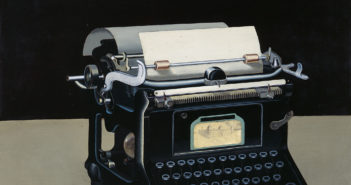
In 1951, the German philosopher Theodor Adorno wrote, “There can be no poetry after Auschwitz.” His assertion is pardonable but profoundly untenable. The supposed hole in the production of German art after 1943 was long understood as “the gap,” by…

In 1951, the German philosopher Theodor Adorno wrote, “There can be no poetry after Auschwitz.” His assertion is pardonable but profoundly untenable. The supposed hole in the production of German art after 1943 was long understood as “the gap,” by…
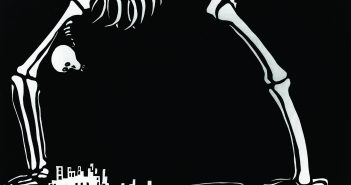
Up at the Danforth Museum\School through May 15, Volcanoes, Riots, Wrecks, and Nudes is a brilliant exhibition that showcases paintings and prints spanning Edward Hagedorn’s brief career. The title was taken from a 1944 quote wherein Hagedorn listed his favorite…
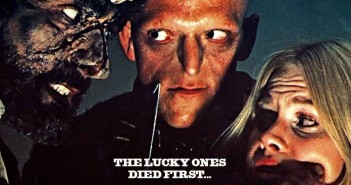
“Horror films don’t create fear. They release it.” -Wes Craven Wes Craven, who died on August 30th at 76, was a gentle, avuncular, and piercingly intelligent individual who created films horrific in their violence, sadism, and brutality. Raised in a…
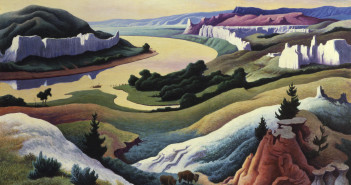
American Epics: Thomas Hart Benton and Hollywood, recently on view at the Peabody Essex Museum (now travelling across the country through fall 2016), was a stunning, densely-mounted and sharply focused show that brought to light the cosmopolitan side of a…
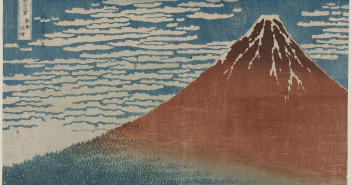
The artist known as Katsushika Hokusai (he was to use thirty-one different names during his ninety years) is probably the most widely celebrated Japanese artist of the Ukiyo-e period of Japanese art. By 1760, Edo (now Tokyo) was probably the…
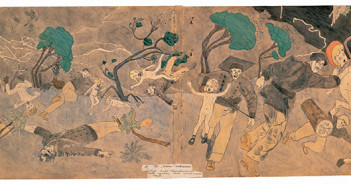
The work of Henry Darger made its grand-scale public debut in 1997 at the American Folk Art Museum. Almost immediately, his phantasmagoric landscapes, populated by pre-adolescent girls with male genitalia, gave rise to a new breed of narrative artists like…
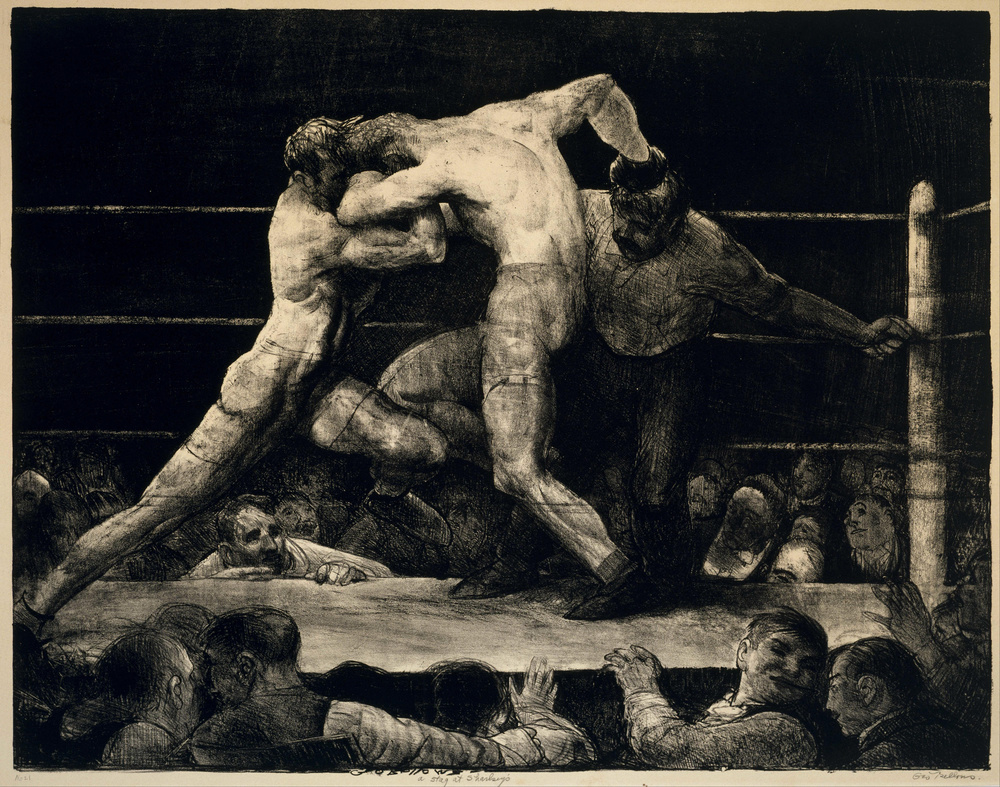
By David Curcio George Bellows said, “I don’t know anything about boxing, I am just painting two men trying to kill each other.” What underlies the attraction to such violence? As a reenactment of Freud’s postlapsarian, atavistic death instinct outlined…
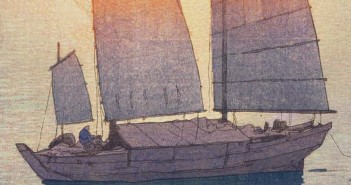
“The Creative Process in Modern Japanese Printmaking” is an all-too tiny exhibit at the MFA–typical but unfortunate for a museum that houses the largest collection of Japanese prints in the United States. Nonetheless, the show is an oasis of quietude…
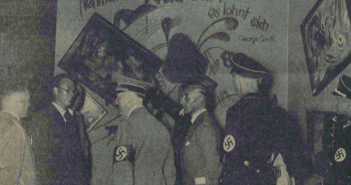
The original Entartete Kunst, or “Degenerate Art” exhibition of 1937 was the product of the Säuberungskrieg, or “cleansing war” against modern art, which Hitler viewed as a deliberate attempt to “insult German feeling [and] destroy or confuse natural form.” A…